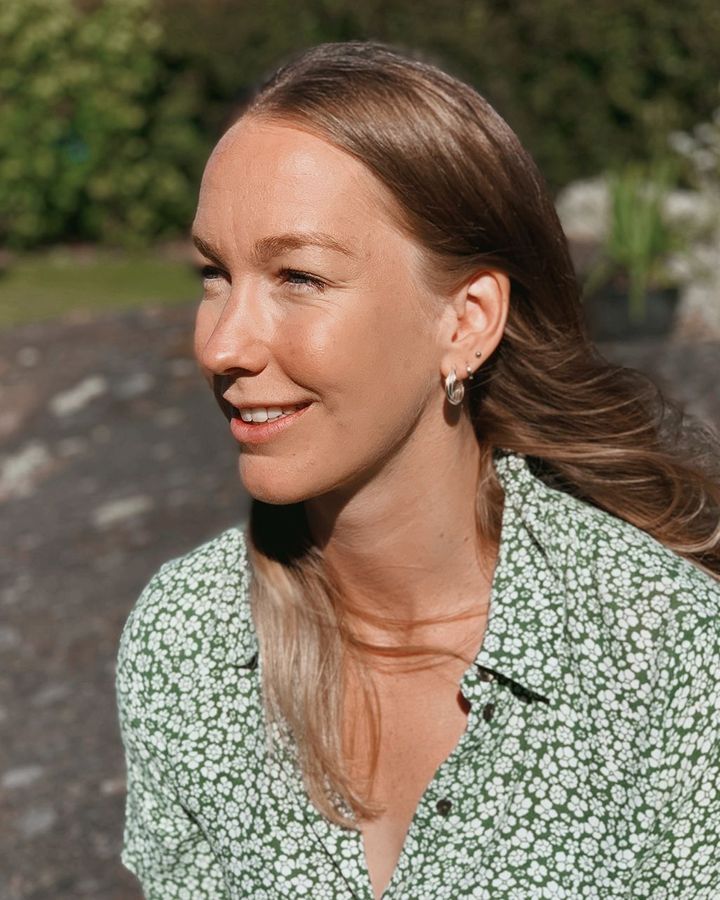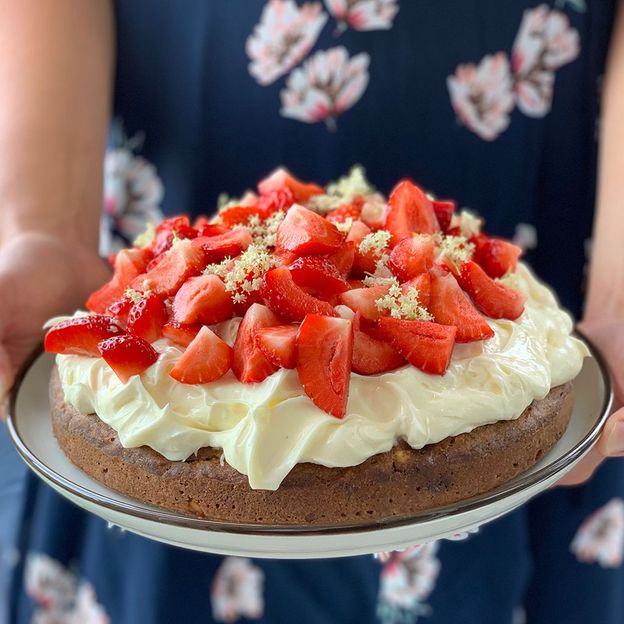On the Thursday night that falls between 18 and 24 June each year, cities all over Sweden go quiet. Stockholm’s elegant and bustling streets are empty. Traffic builds on the motorway outside Gothenburg as locals head for the islands. That’s when the Swedish countryside calls its people back for a festival celebrating seasonal dishes, fertility and the longest day of the year, held on the Friday closest to the summer solstice. This enchanted event is called Midsummer Eve.
“In history, the night before Midsummer Day was one of the year’s eight magic nights where you could predict the future, and a sort of magic window to the future was open,” said Richard Tellström , an author and expert in Swedish food culture. “You could see, if you were lucky, who you were going to marry. So, Midsummer Eve was a party time for youngsters, not elderly people. Historically, there was a big haymaking feast, important for all people living in the countryside before the 1930s, and today that party has merged with the Midsummer festivities.”
Midsummer is the second biggest holiday in the Swedish calendar, after Christmas Day, and marks the start of Sweden’s annual five-week summer holiday season. Flowers are blooming, berries are ripening and a wonderful summer lies ahead.
Maypoles, decorated with phallic-like fertility symbols, are wreathed with flowers and raised on the Friday morning, ready to be danced around in the evening. This idea of fertility weaves through the whole event to the extent that 22 March, nine months after Midsummer Eve, is said to be the most common birthday in Sweden.
Flower crowns are woven, and long tables, usually covered with a tent or marquee in case of bad weather, are laid with table settings for friends and family. According to ancient Swedish tradition, if you pick seven different flowers and put them under your pillow on Midsummer Eve, you’ll dream of your future spouse.
Perhaps the most important element of all is the food: tables piled with plates of smoked salmon, pickled herring, meatballs and bowls of new potatoes with a dusting of dill. Such is the importance of these potatoes in particular that Swedish newspapers report on the potato harvest from the start of June, anxious about whether there will be enough and if they will be ready in time.

Swedish chef Emma Shields opened a new restaurant, Freyja, focused on eating in tune with the seasons (Credit: Emma Shields)
“The food is important today, but it wasn’t always the case,” said Tellström. “Historically, before the 20th Century, there was always a lack of food at this time of the year, since it was nearly a year since the last harvest. Midsummer parties with food and drinks became more common in the early 1900s.”
Recent years have seen some developments in the food, but the staples remain the same.
“Since the 1980s it has been common to have a barbecue as a part of the Midsummer festivities,” said Tellström. “However, the Midsummer lunch is always spiced marinated herring, sour cream and fresh dill boiled potatoes, hardtack biscuit with butter and cheese, beer and an aquavit. That’s the combination that creates the proper Midsummer feeling.”
A cream-and-strawberry layered sponge takes the centre spot on the table, featuring the season’s first-picked strawberries as a taste of the summer ahead.
Award-winning Swedish chef Emma Shields opened a new restaurant, Freyja , on Södermalm island in Stockholm this spring, focused on eating in tune with the seasons. It’s no surprise that Midsummer is her favourite festival: seasonal food is her jam.
“It’s a special feature in Sweden,” she said. “Because half the year we are in winter. When spring comes, we are so happy to be able to work with fresh ingredients. It feels like a luxury. And then by Midsummer, we have been waiting so long for fresh strawberries, and they just arrive around that time, making them extra special.”
To make a classic Midsummer strawberry cake, the key ingredients are layers of sponge, vanilla whipped cream and strawberries. According to Emma Shields, you can put a modern twist on the cake if you like, switching it up for a mousse or any kind of cake you prefer; as long as you put strawberries on top, it will pass as a Midsummer cake. In her recipe, she chooses cream cheese icing instead of whipped cream and a layer of almond cake to add a fresh take.

The key ingredients in Emma Shields’s Midsummer cake are layers of sponge, vanilla whipped cream and hulled strawberries (Credit: Emma Shields)
Midsummer Strawberry Cake recipe
By Emma Shields
Ingredients
For the topping:
500g strawberries
50g (¼ cup) concentrated elderflower juice or elderflower cordial
For the cake:
100g (7 tbsp) softened and unsalted butter, plus more for greasing
200g marzipan
2 eggs, at room temperature
20g (2½ tbsp) flour
For the icing:
300g (10½oz) cream cheese
450g (about 1lb) icing sugar
2 tsp vanilla extract
the zest from 2 lemons
150g (10 tbsp) melted unsalted butter
Method
Step 1
Prepare the topping. Wash the strawberries and cut them into quarters. Marinate them in elderflower juice or cordial for about 30 minutes.
Step 2
Make the cake. Preheat the oven to 170C/340F. Place baking paper in a springform pan and grease the sides with butter.Grate the almond paste and mix it with butter. Add one egg at a time to the mixture, either by hand or with a standing mixer. When both eggs have been added, add the flour.
Step 3
Pour the batter into the pan and bake for 35 minutes, until a skewer inserted in the centre comes out clean or with a few moist crumbs attached. Let the cake cool down before icing.
Step 4
For the icing, in a bowl, mix the cream cheese, icing sugar, vanilla extract and lemon zest with a hand mixer until a smooth batter is formed. Add the melted butter bit by bit, while continuing to mix, until it gets thick and fluffy.
Step 5
Spread the icing over the cooled almond cake and garnish with the elderflower-soaked strawberries.
BBC.com’s World’s Table “smashes the kitchen ceiling” by changing the way the world thinks about food, through the past, present and future.
—
Join more than three million BBC Travel fans by liking us on Facebook , or follow us on Twitter and Instagram .
If you liked this story, sign up for the weekly bbc.com features newsletter called “The Essential List”. A handpicked selection of stories from BBC Future, Culture, Worklife and Travel, delivered to your inbox every Friday.

